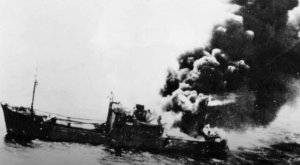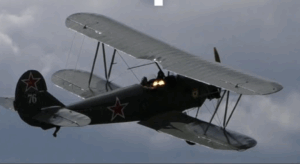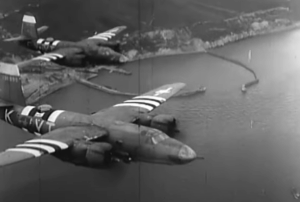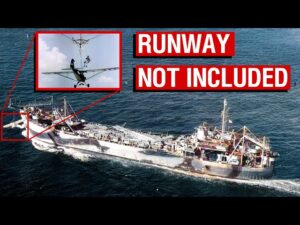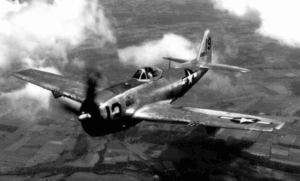5 Notable Air Battles During World War 2
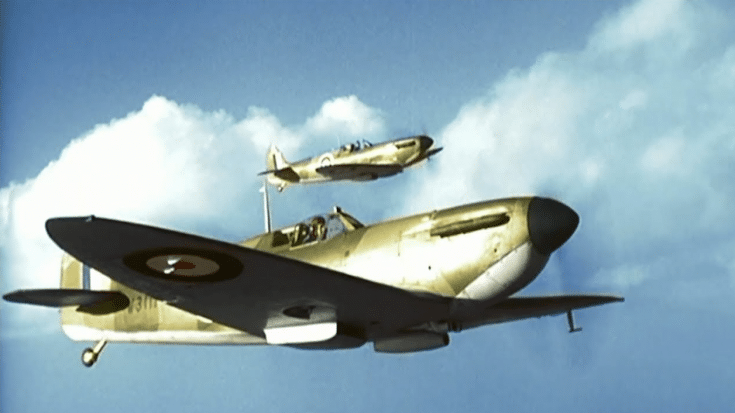
KickFlip / YouTube
During World War 2, the skies were as much a battlefield as the lands of Europe, Asia, and Africa. Some air battles played significant roles in turning the tides during the war. Let’s explore five of the most notable air battles that occurred between 1939 and 1945.
The Battle of Britain (1940)
This crucial battle took place over Britain between July and October, 1940. It was the first major campaign to be fought entirely by air forces. The German air force aimed to gain air superiority over the Royal Air Force (RAF). Despite experiencing heavy bombing in what was known as ‘The Blitz’, the British forces managed to fend off the German attacks. Their sophisticated radar technology, excellent fighter planes, and the indomitable spirit of the RAF pilots played a key role. The failure to defeat Britain in the air was one of the first setbacks for Germany in the war.
The Attack on Pearl Harbor (1941)
The surprise military strike by the Japanese Navy against the United States in Pearl Harbor, Hawaii, occurred on December 7, 1941. This attack aimed to prevent the U.S. Pacific Fleet from interfering with Japan’s military actions against the territories of the United Kingdom, the Netherlands, and the United States. It led directly to the United States’ entry into World War II. The assault involved hundreds of Japanese fighter planes, which managed to destroy nearly 20 American naval vessels, including eight massive battleships, and over 300 airplanes. More than 2,400 Americans died in the attack, and another 1,000 were wounded.
The Battle of Midway (1942)
Held between June 4-7, 1942, the Battle of Midway was one of the most significant naval battles of the Pacific Campaign of World War 2. Just six months after Japan’s attack on Pearl Harbor, the United States Navy decisively defeated an attacking fleet of the Japanese Navy. American pilots managed to sink four Japanese aircraft carriers while losing only one of their own, the USS Yorktown, marking a turning point in the Pacific Theater. This battle is widely regarded as the moment when the balance of power in the Pacific shifted from Japan to the United States.
Operation Bodenplatte (1945)
On January 1, 1945, in an attempt to gain air superiority during the stagnant phase of the Battle of the Bulge, Germany conducted an air attack aiming at destroying Allied air forces in the Low Countries. However, poor weather and the strong response from Allied ground forces led to more losses for the German air forces than the Allies. This operation was a desperate move by Germany and it failed, resulting in significant losses of experienced aircrew and a strain on Germany’s air force during the final months of the war.
The Bombing of Dresden (1945)
Between February 13 and 15, 1945, Allied forces conducted a massive bombing raid on Dresden, a German city. The city was filled with refugees and had little military significance. The air attacks involved relentless bombings by British and American airlines, which dropped immense amounts of explosives and incendiary devices on the city. The intense bombings resulted in a fierce firestorm, destroying over 1,600 acres of the city center and causing tens of thousands of deaths. The morality and necessity of the bombing of Dresden are still heavily debated today.


















